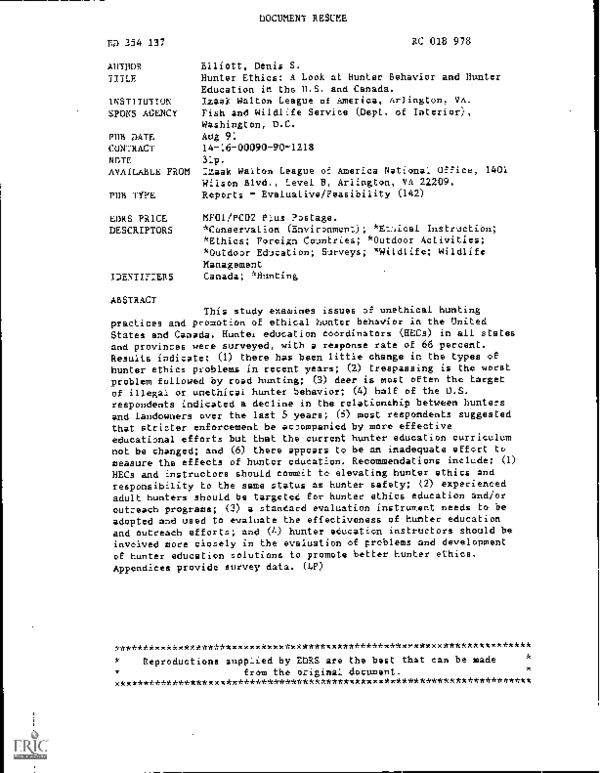Develop Voice Assistants With OpenAI's New Tools (2024)

Table of Contents
Understanding OpenAI's Relevant Tools for Voice Assistant Development
OpenAI offers a powerful arsenal of tools specifically suited for voice assistant development. Let's delve into the most important ones:
Whisper API for Speech-to-Text Conversion
Whisper is OpenAI's groundbreaking speech-to-text model. Its accuracy, multilingual support, and ease of integration make it a cornerstone for building robust voice assistants.
- Open-Source and Powerful: Whisper's open-source nature allows for community contributions and improvements, constantly enhancing its capabilities. This contrasts with many proprietary APIs, offering greater flexibility and potential for customization.
- Superior Accuracy: Whisper consistently outperforms many other speech-to-text APIs, particularly in noisy environments or with diverse accents. This translates to a more reliable and accurate transcription process for your voice assistant.
- Multilingual Support: Develop global voice assistants with Whisper's extensive language support. This opens up opportunities to reach wider audiences and cater to diverse linguistic needs.
- Seamless Integration: Whisper integrates seamlessly with other OpenAI tools, streamlining the development workflow and enabling a unified AI experience. For example, the output from Whisper can be directly fed into OpenAI's language models for natural language understanding.
- Code Example (Python): While a full code example is beyond the scope of this article, consider this simplified representation:
response = openai.Audio.transcribe("audio.mp3", model="whisper-1")
OpenAI's Language Models (e.g., GPT-4, GPT-3.5-turbo) for Natural Language Understanding (NLU)
OpenAI's powerful language models, such as GPT-4 and GPT-3.5-turbo, are the brains behind your voice assistant's conversational abilities. These models excel at interpreting user intent, generating human-like responses, and managing complex dialogues.
- Intent Recognition: Accurately understand what the user wants, even with complex or ambiguous phrasing.
- Contextual Understanding: Maintain context throughout the conversation, remembering previous interactions and providing consistent responses.
- Response Generation: Craft natural and relevant replies, adapting the tone and style to suit the user's needs.
- Prompt Engineering for Optimal Results: Crafting effective prompts is crucial. Experiment with different phrasing to optimize the model's performance and ensure accurate interpretation of user input.
- Cost-Effectiveness: Choose the right model based on your needs and budget. GPT-3.5-turbo offers a good balance of cost and performance for many applications.
- Context Window Management: Be mindful of the context window limitations of the models. Employ techniques like summarization or chunking to handle longer conversations effectively.
Fine-tuning OpenAI Models for Specific Voice Assistant Tasks
Fine-tuning pre-trained models allows you to tailor their performance for specific domains and tasks. This results in a more accurate and effective voice assistant.
- Data Preparation: Gather a high-quality dataset relevant to your voice assistant's purpose. This data should be carefully annotated and cleaned to ensure optimal model training.
- Fine-tuning Methods: Explore various fine-tuning techniques, such as transfer learning and reinforcement learning from human feedback, to achieve the best results.
- Performance Evaluation: Use appropriate metrics, such as accuracy, precision, and recall, to assess the performance of your fine-tuned model. Iterative refinement based on these metrics is key.
Building the Voice Assistant Architecture
Developing the architecture involves several key steps:
Designing the Voice User Interface (VUI)
A well-designed VUI is crucial for a positive user experience.
- Intuitive Interactions: Prioritize clear and concise prompts, simple navigation, and easy-to-understand instructions.
- Error Handling: Implement robust error handling mechanisms to gracefully manage unexpected inputs or system failures.
- Clear Feedback: Provide users with clear and immediate feedback on their requests and the assistant's actions.
- Natural Language Processing Techniques: Use NLP techniques to create a more conversational and human-like interaction.
- Iterative Design: Test and refine your VUI design based on user feedback to continually improve the experience.
Integrating OpenAI APIs into Your Application
Integrating OpenAI's Whisper and language models typically involves using their respective APIs within your chosen development framework.
- API Key Management: Securely manage your API keys to prevent unauthorized access.
- Error Handling: Implement robust error handling to manage potential issues like API request failures or rate limits.
- Rate Limits: Be mindful of API rate limits to avoid exceeding usage quotas.
- Security Best Practices: Follow security best practices to protect user data and prevent vulnerabilities.
Deploying Your Voice Assistant
Deployment options include cloud platforms like AWS, Google Cloud, and Azure.
- Scalability: Choose a deployment strategy that can scale to handle increasing user demand.
- Cost Optimization: Select cost-effective deployment options and optimize resource usage to minimize expenses.
- Security Concerns: Address security concerns related to deploying AI applications, such as data protection and access control.
Best Practices and Considerations
Building responsible and effective voice assistants requires careful consideration of several factors:
Ethical Implications and Responsible AI
Addressing ethical considerations is paramount.
- Data Privacy: Prioritize user data privacy and security. Implement robust measures to protect sensitive information.
- Bias Mitigation: Actively mitigate bias in your training data to ensure fairness and avoid discriminatory outcomes.
- Responsible AI Practices: Adhere to responsible AI development principles to prevent misuse and ensure ethical application of the technology.
Testing and Optimization
Rigorous testing is essential for a high-performing voice assistant.
- A/B Testing: Conduct A/B testing to compare different VUI designs and identify areas for improvement.
- User Acceptance Testing (UAT): Gather feedback from real users to identify usability issues and areas for enhancement.
- Iterative Improvement: Continuously refine your voice assistant based on testing results and user feedback.
Conclusion
Developing voice assistants with OpenAI's tools empowers you to create innovative and engaging conversational AI experiences. By leveraging the power of Whisper for speech-to-text conversion, OpenAI's language models for NLU, and best practices in VUI design and deployment, you can build sophisticated and user-friendly voice assistants. Start leveraging the power of OpenAI's tools today and develop your own cutting-edge voice assistant! Explore the possibilities of creating innovative conversational AI experiences with OpenAI.

Featured Posts
-
 Undercover Investigation Explosive Allegations Against Prince Andrew Regarding Underage Girl
May 11, 2025
Undercover Investigation Explosive Allegations Against Prince Andrew Regarding Underage Girl
May 11, 2025 -
 Bayerns Mueller New Club And League Possibilities
May 11, 2025
Bayerns Mueller New Club And League Possibilities
May 11, 2025 -
 After Pope Francis 9 Leading Candidates For The Papacy
May 11, 2025
After Pope Francis 9 Leading Candidates For The Papacy
May 11, 2025 -
 Usmnt Weekend Match Review Dest And Pulisic Shine
May 11, 2025
Usmnt Weekend Match Review Dest And Pulisic Shine
May 11, 2025 -
 Understanding The Night Hunter Behavior Habitats And Prey
May 11, 2025
Understanding The Night Hunter Behavior Habitats And Prey
May 11, 2025
